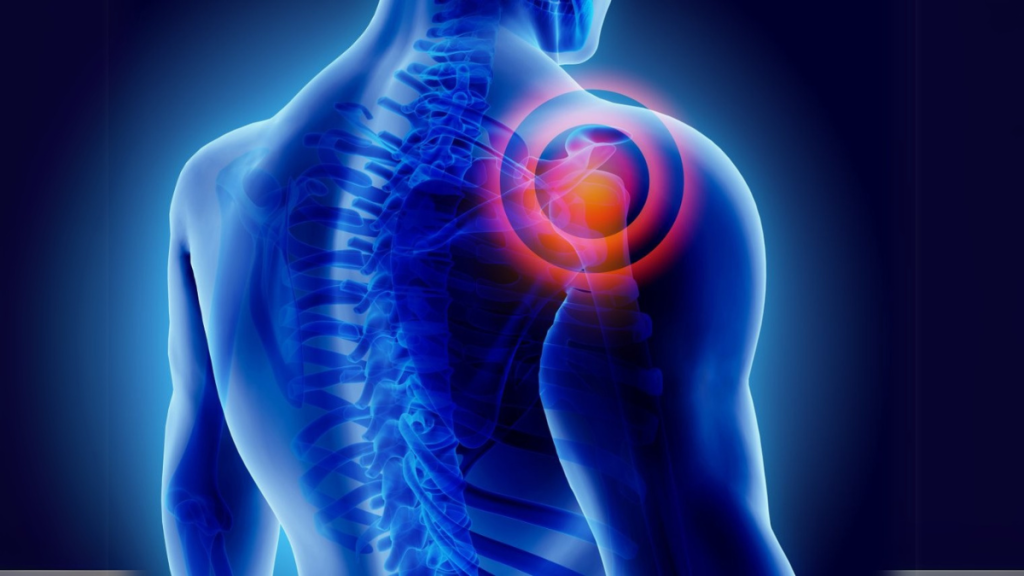Musculoskeletal disorders (MSDs) are conditions that affect the muscles, joints, bones, ligaments, and tendons. These disorders can cause pain, stiffness, and reduced mobility, significantly impacting daily activities. Whether it’s a minor strain or a chronic condition, MSDs can hinder movement, reduce productivity, and lower overall quality of life.
In this article, we’ll explore common musculoskeletal disorders, their symptoms, and how they affect daily life, along with tips for managing them effectively.
1. What Are Musculoskeletal Disorders?
Musculoskeletal disorders refer to a broad range of conditions that affect the body’s movement and structural support system. They can be caused by injury, overuse, poor posture, or degenerative conditions.
Common musculoskeletal disorders include:
- Back pain: One of the most common MSDs, often caused by poor posture, muscle strain, or spinal conditions.
- Arthritis: A condition that leads to joint inflammation, stiffness, and reduced mobility.
- Carpal tunnel syndrome: Caused by repetitive hand movements, leading to numbness, tingling, and weakness in the hand and wrist.
- Tendinitis: Inflammation of the tendons, usually due to repetitive movements or overuse.
- Fibromyalgia: A chronic condition characterized by widespread muscle pain and fatigue.
These disorders can affect people of all ages, from office workers to athletes, and often require ongoing management.
2. Symptoms and Warning Signs
The symptoms of musculoskeletal disorders vary depending on the condition and severity. However, some common signs include:
- Persistent or recurring pain in muscles or joints.
- Stiffness and reduced range of motion.
- Swelling or inflammation around the affected area.
- Muscle weakness or fatigue.
- Numbness or tingling sensations.
Ignoring these symptoms can lead to worsening pain and reduced functionality over time.
3. Impact on Daily Life
Musculoskeletal disorders can significantly affect daily activities, making even simple tasks challenging.
Impact on mobility and physical function:
- Reduced mobility: Joint stiffness and muscle weakness can make walking, bending, or lifting difficult.
- Loss of strength: Chronic pain and muscle fatigue can reduce strength, making it harder to carry out physical tasks.
- Difficulty with fine motor skills: Conditions like carpal tunnel syndrome can affect hand dexterity, making writing or typing painful.
Impact on work and productivity:
Reduced work efficiency: Chronic pain and limited mobility can decrease productivity and focus at work.
Increased absenteeism: People with MSDs may need more frequent breaks or time off due to pain or discomfort.
Risk of workplace injury: Individuals with weakened muscles or joint instability are more prone to workplace injuries.
Impact on mental and emotional well-being:
Stress and anxiety: Chronic pain can lead to emotional stress and frustration.
Sleep disturbances: Pain often interferes with sleep quality, leading to fatigue and irritability.
Decreased quality of life: Persistent discomfort can limit social interactions and physical activities.
4. Managing and Treating Musculoskeletal Disorders
While musculoskeletal disorders can be challenging, proper management and physiotherapy can significantly improve symptoms and restore functionality.
Treatment options include:
- Physiotherapy: Targeted exercises, manual therapy, and stretching routines help reduce pain and improve mobility.
- Pain management techniques: Heat and cold therapy, ultrasound, and electrotherapy can provide pain relief.
- Postural correction: Physiotherapists teach proper posture techniques to prevent further strain.
- Strength and conditioning exercises: Building muscle strength reduces the strain on joints and prevents future injuries.
- Lifestyle modifications: Weight management, regular exercise, and ergonomic adjustments help prevent MSDs from worsening.
Physiotherapy clinics like Benchmark Physio offer personalized rehabilitation plans to help individuals manage musculoskeletal disorders effectively.
5. Tips for Preventing Musculoskeletal Disorders
While some musculoskeletal disorders are caused by underlying conditions, others can be prevented through lifestyle changes and proper care.
Prevention tips:
- Maintain good posture: Avoid slouching while sitting or standing to prevent back and neck strain.
- Take regular breaks: If you have a desk job, stretch and move around periodically to avoid stiffness.
- Use ergonomic furniture: Adjustable chairs, desks, and supportive footwear can reduce physical strain.
- Stay physically active: Regular exercise strengthens muscles and improves flexibility, reducing the risk of MSDs.
- Practice safe lifting techniques: When lifting heavy objects, use your legs instead of your back to avoid injury.
6. When to Seek Professional Help
If you experience persistent pain, reduced mobility, or other symptoms of a musculoskeletal disorder, it’s essential to seek professional care. Early intervention can prevent the condition from worsening and promote faster recovery.
Signs you should seek help:
- Pain that lasts for more than a few weeks.
- Difficulty performing daily activities.
- Numbness, tingling, or weakness in the limbs.
- Swelling or inflammation that doesn’t improve with rest.
Physiotherapists at Benchmark Physio can assess your condition and create a customized treatment plan to help you regain mobility and reduce discomfort.
Conclusion
Musculoskeletal disorders can have a significant impact on daily life, making routine tasks difficult and affecting overall well-being. However, with proper management, including physiotherapy, exercise, and lifestyle adjustments, individuals can reduce symptoms and improve their quality of life.
If you’re experiencing chronic pain or mobility issues, Benchmark Physio offers expert care to help you recover effectively and get back to enjoying a pain-free life.

